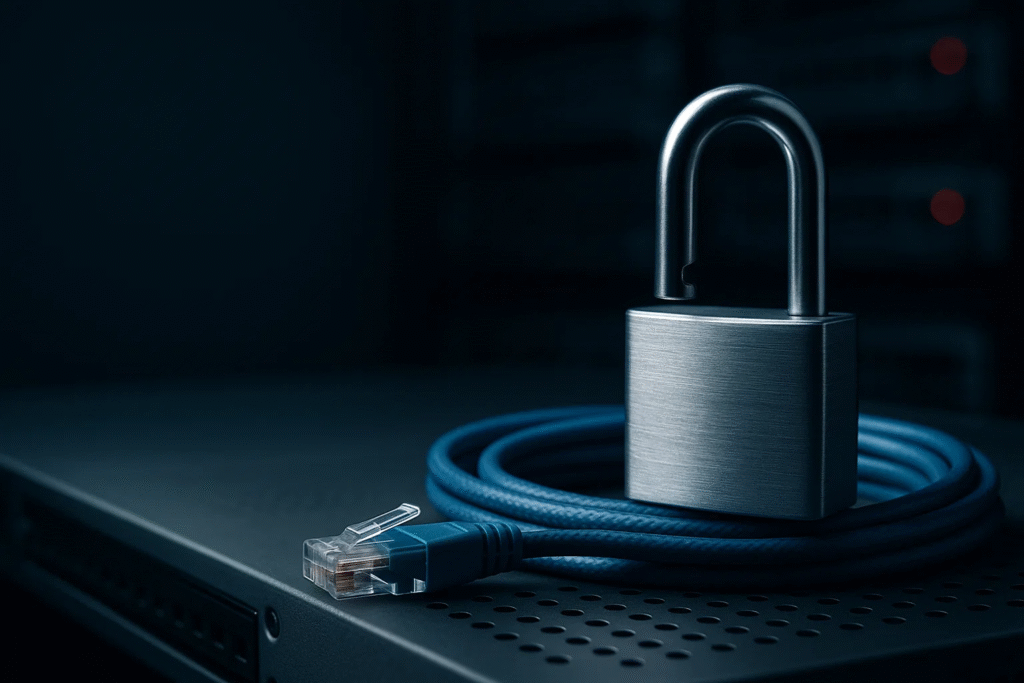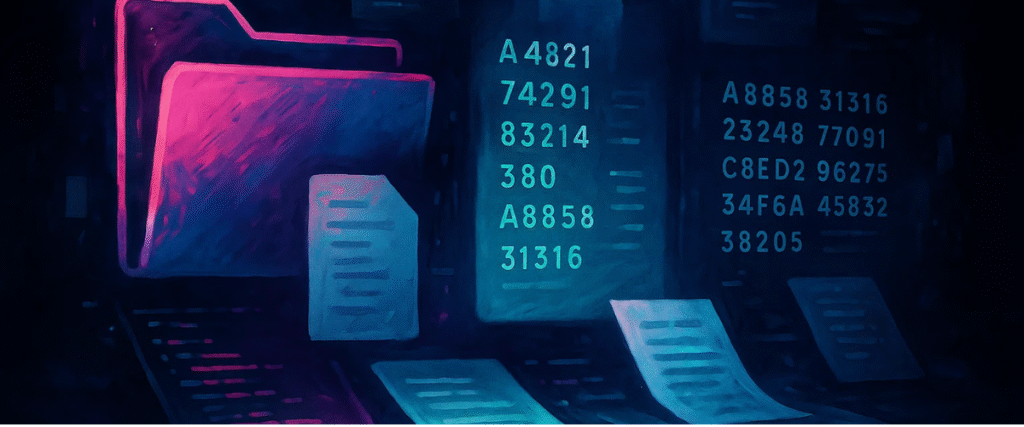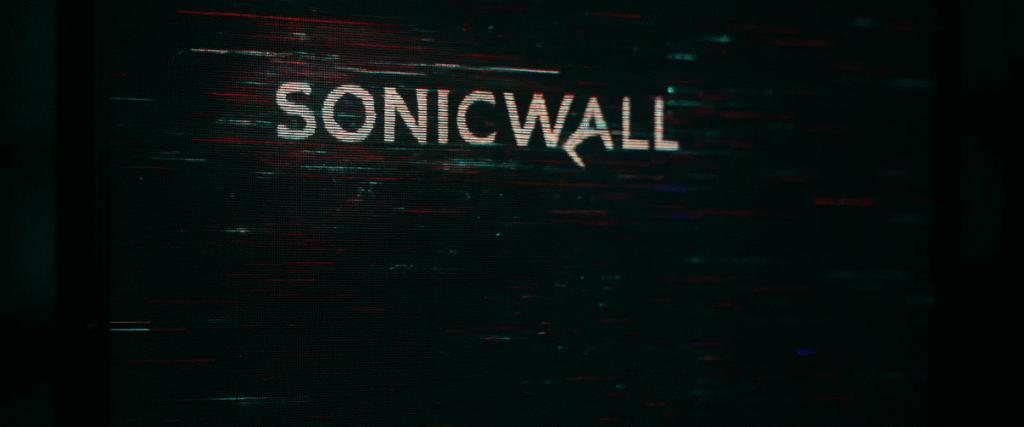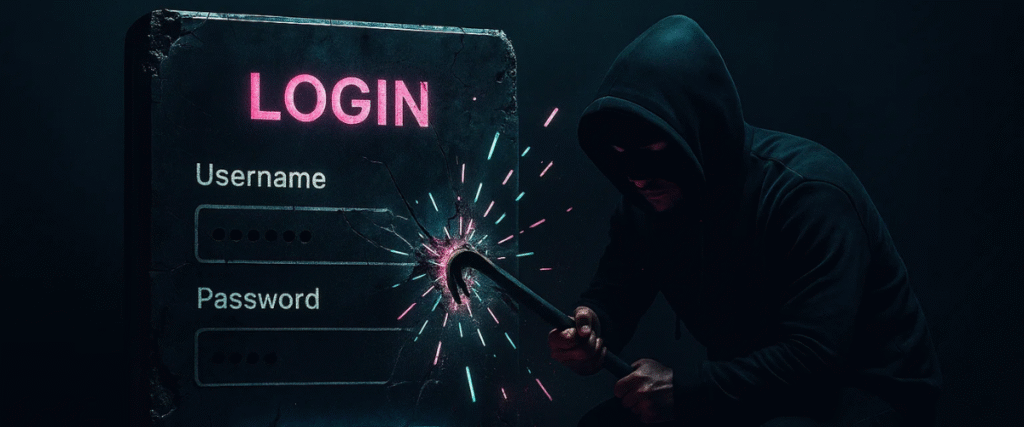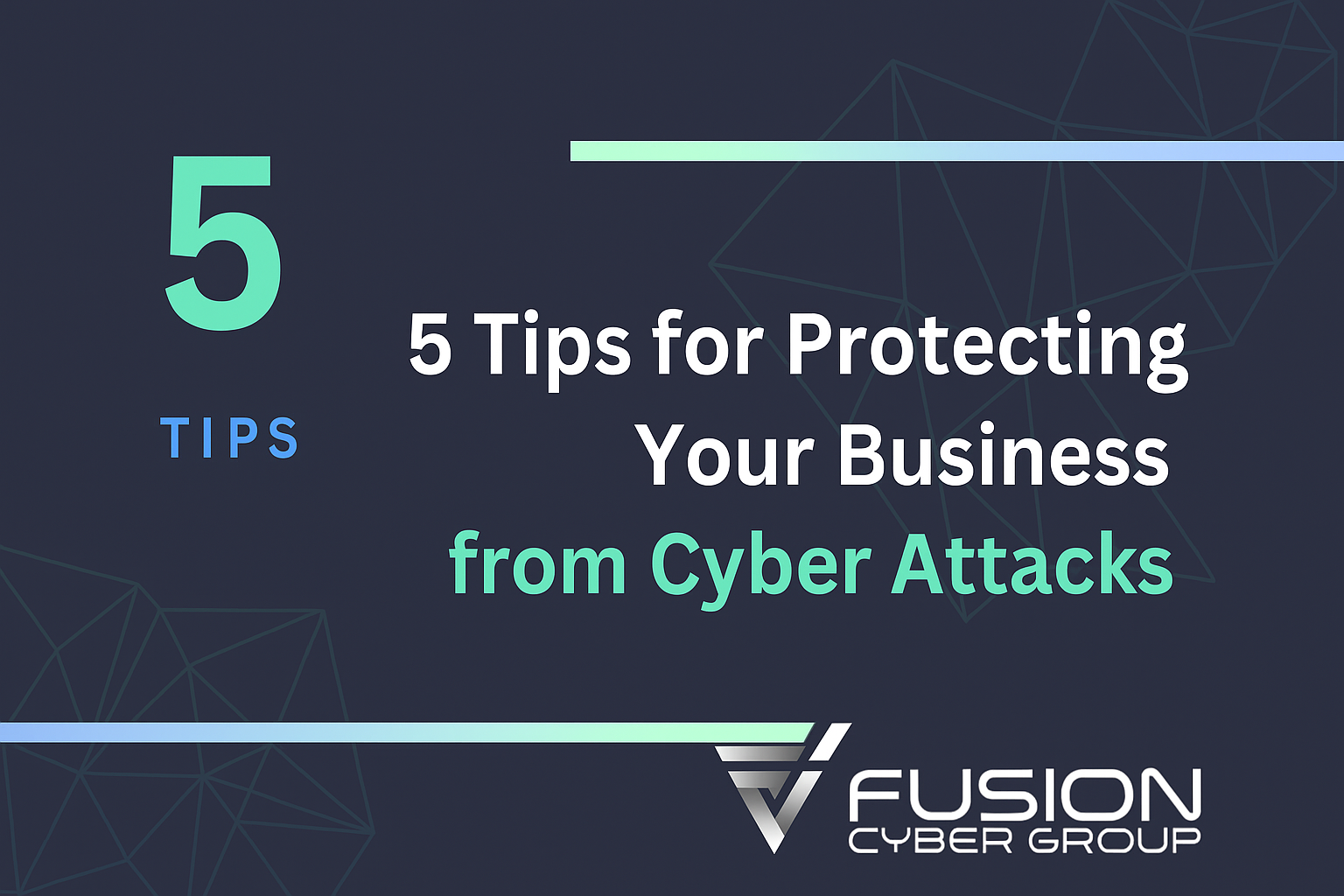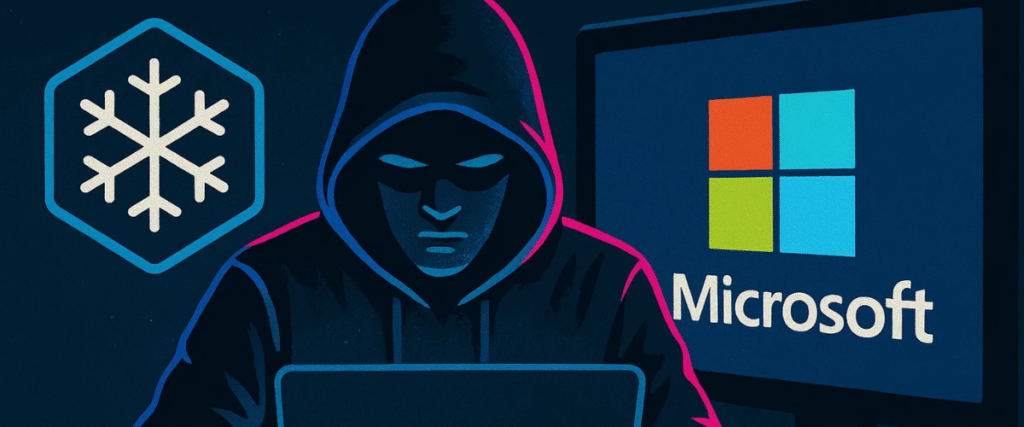Make security simple: adopt 15+-character passphrases + MFA—stronger logins, fewer resets.
Why This Matters Now
Short, complex passwords push people into predictable patterns. Longer, memorable passphrases beat “complexity theatre,” reduce help-desk resets, and meaningfully cut breach risk. Use three-to-four unrelated words (15+ characters), block weak terms, and pair with MFA. Microsoft Entra/Active Directory can enforce custom banned lists and length policies; communicate “longer = fewer resets” to motivate adoption. Use of stolen credentials is still the top initial action in breaches, so this change pays off quickly.
Here’s why leaders care: switching to passphrases is low-disruption change management. It lowers ticket volume (fewer lockouts, fewer forgotten secrets), reduces time-to-productivity for new hires, and improves user sentiment because the rule is simple to explain and remember. It also aligns with modern standards (NIST, CSE/NCSC) and complements MFA and SSO strategies you likely already use. From a risk perspective, the biggest bang comes from eliminating the “companyname+year!” pattern and password reuse across SaaS. From a finance perspective, most organisations see measurable help-desk savings within a quarter and better security audit outcomes with no new software spend beyond policy enforcement.
What to tell staff: “Pick three or four unrelated words you’ll remember; add a small twist; aim for 15+ characters; never reuse; always use MFA.” What to tell execs: “We’re trading complexity rules for length and monitoring; we’ll reward longer passphrases with longer reset intervals.” What to tell auditors: “Policy now emphasises length, banned word lists, MFA coverage, and continuous credential exposure monitoring.” It’s practical, defensible, and user-friendly.
Why passwords fail — and why length wins
Predictable patterns. When people face rigid complexity rules, they converge on a tiny set of habits: capitalise the first letter, append the current year, end with “!” or “@”, and swap vowels for symbols. Attackers know this because those patterns show up in breach corpora and password leaks. “Hybrid dictionary” tools apply these human habits at machine speed. The output looks complex to a human, but to an attacker it’s just another pattern in a small search space.
Length > complexity. Length expands the search space far faster than adding one more symbol. Four short, unrelated words often beat an 8–10-character “complex” string in real-world guess resistance while being easier to recall. That usability matters: if people can remember it, they stop writing secrets on sticky notes, emailing themselves passwords, or calling the help desk after a weekend away. Longer secrets also blunt brute-force and slow offline cracking when hashes are stolen.
Credential abuse drives breaches. Stolen, guessed, or reused credentials remain the attacker’s cheapest path to your data. Phishing kits steal short passwords as easily as long ones, which is why we pair passphrases with MFA. But even with MFA, longer, less predictable strings reduce the likelihood of successful password-spray and credential-stuffing attacks against legacy services or misconfigured apps.
Business translation: Short “complex” passwords create operational drag and false confidence. Long passphrases reduce help-desk volume, shrink the attacker’s practical search space, and align with modern assurance frameworks. It’s the rare control that improves both user experience and security.
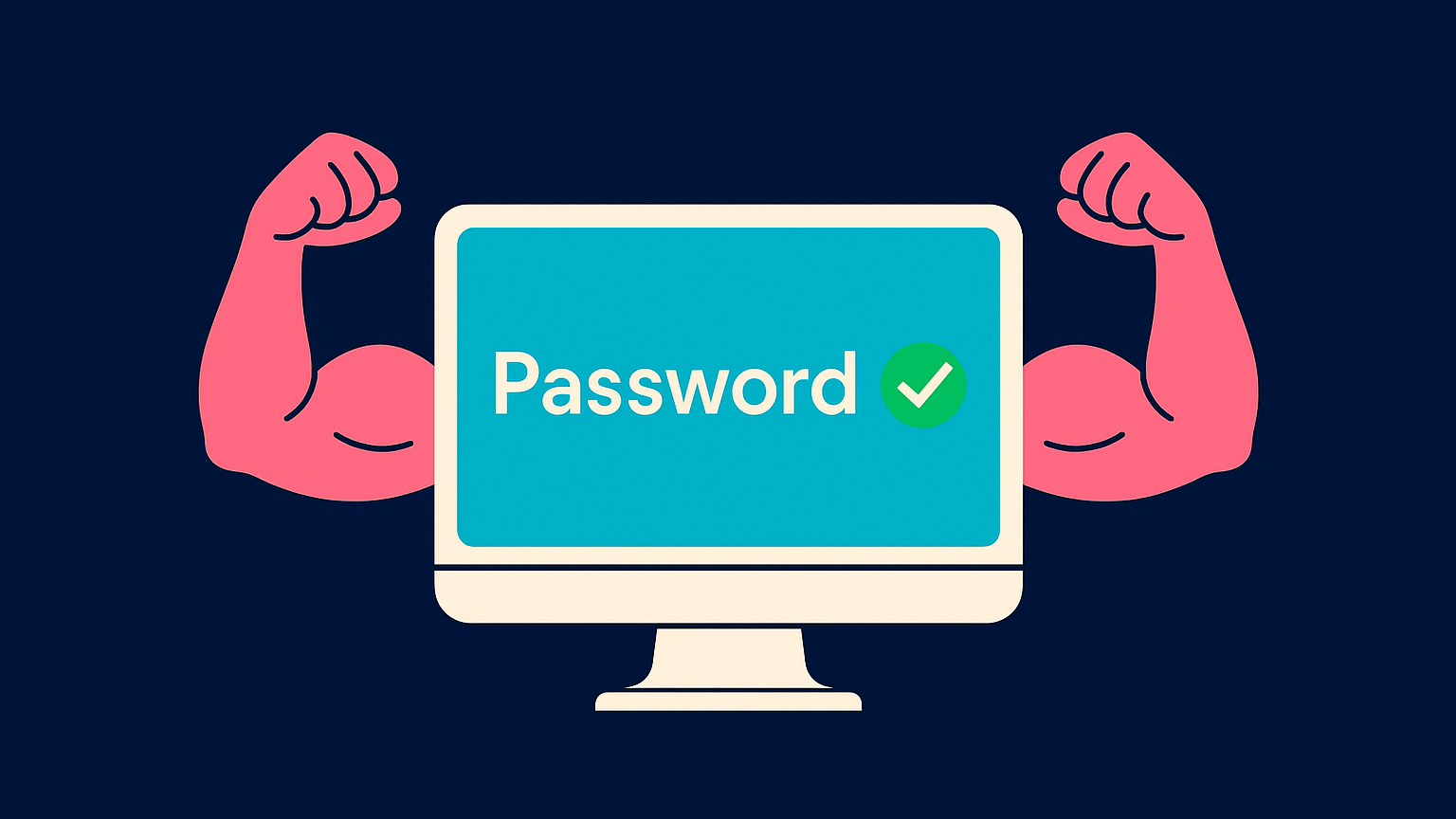
Passphrases: simple, strong, memorable
Three random words. The “random words” approach works because it balances entropy and memory. People remember imagery and story better than symbol soup. Choose words that don’t naturally go together so attackers can’t predict sequences (e.g., violet-tractor-harbor, not blue-sky-cloud). Hyphens help readability without hurting strength; a small twist you’ll remember (a symbol, a digit, or deliberate misspelling) adds uniqueness without turning it into a puzzle.
Canadian guidance. Aim for at least four words or 15+ characters. That target lands in the sweet spot where memorability stays high and guessability stays low. For admin or shared break-glass credentials, raise the floor (20+ characters), and store in a password manager with access controls and audit logs.
Real-world examples and coaching.
- Start with a mental scene: “kitchen, winter, music.” Turn it into
kettle-snowdrift-banjo-spruce. - Add a twist you’ll remember: change one letter consistently (
spruçe), add a symbol between two words, or add a meaningful but non-personal number (not birthdays). - Avoid anything tied to you: pets, kids, favourite teams, local landmarks, company jargon, or current season + year.
Team exercises. In training, give 10 good examples and 10 “why this is bad” examples. Run a 5-minute workshop: everyone creates a passphrase, checks length, and stores it correctly. Emphasise “one passphrase per account.” For developers, discuss passphrases vs. SSH keys and promote passkeys/FIDO for supported apps.
Bottom line: A passphrase should be easy to say in your head, hard for others to guess, and unique to one account.
Password reuse: the quiet killer
Password reuse links your entire digital footprint together. When a single low-risk site is breached (newsletter, forum, hobby app), the exposed email/password combo gets tested against banking, payroll, Microsoft 365, Google Workspace, and every major SaaS. That’s credential stuffing in action. Even with MFA, reuse leads to alerts, lockouts, and costly incident triage as teams chase suspicious logins.
Why do people reuse? Cognitive load. Most staff juggle dozens of logins. Without a sanctioned password manager, they gravitate to the “one good password for everything” strategy. Passphrases reduce forgetting, but they don’t solve scale alone. That’s why the trio of passphrases + password manager + MFA is so effective: the manager handles volume, passphrases cover human-memorised accounts, and MFA provides a safety net.
Business impact. Reuse inflates support costs (frequent resets, more account lockouts) and amplifies breach blast radius. It also complicates audits; you can’t credibly claim risk reduction if users recycle secrets across personal and corporate services. For SMBs, a single reused password can mean payroll compromise, invoice fraud, or mailbox takeover that leads to vendor payment diversion.
Fixing the habit. Make reuse a policy violation, but lead with enablement: deploy a business-grade password manager, pre-populate shared vaults (marketing tools, shipping portals), and give teams a 15-minute tutorial. Track adoption rates and measure reductions in lockouts and reset tickets. Celebrate improvements publicly.
Practical script for staff: “Never reuse. Use the manager for everything you don’t type often. For the few you do type daily, use a long passphrase. Always turn on MFA.”
What “good” looks like
- Length first. Set minimums of 15 characters for users and 20+ for admins/service accounts. This single rule simplifies messaging and yields the biggest security return. Pair with hash-hardening on your identity platforms and ensure legacy systems that cap length are identified and isolated or remediated.
- Composition optional. Don’t force numbers/symbols; that nudges people back to predictable endings (“!2025”). Encourage a light twist but keep autonomy. The control objective is resilience and memorability, not theatrical complexity.
- Block bad words. Enforce a custom banned list covering company names, brands, executives, office locations, sports teams, common seasons/years, and words from recent breach dumps. Update quarterly. For multilingual teams, include French variants and local slang.
- MFA everywhere. Prioritise phishing-resistant MFA (FIDO2/security keys) for admins and high-value apps. For the rest, app-based OTP is fine; avoid SMS where possible. Track MFA coverage as a KPI.
- Password managers. Provide an enterprise manager with SSO, role-based access, shared vaults, audit logs, and recovery procedures. Pre-load departmental logins to reduce shadow spreadsheets.
- Risk-based aging. Length-based intervals reward good behaviour. Add event-based resets after suspected compromise, not calendar-driven rotation that breeds user workarounds.
- SSO + conditional access. Consolidate sign-ins and apply device health/location checks. This reduces total credentials and frustrates password-spray attempts.
- Monitoring & response. Continuously check for exposed credentials, impossible travel, and anomalous sign-ins. Automate lock/force-reset workflows. Provide monthly metrics to leadership: blocked weak attempts, MFA coverage, reset volume, exposure findings, and time-to-remediate.
Outcome: A policy that’s simple to teach, hard to game, measurable, and aligned with modern assurance frameworks.

Rollout guide (owner, timeline, actions)
Owner: IT lead / vCISO with HR & Comms
Timeline: 30–45 days (pilot → org-wide → optimise)
Week 1 — Decide & configure
- Document target minimums (15/20+), MFA types, and exceptions.
- Build and upload the custom banned list (EN/FR). Add your city names, product names, and sports teams (including misspellings).
- Map legacy systems with length caps; create compensating controls or timelines to fix.
- Configure conditional access and baseline MFA by group.
- Draft the comms plan: a one-pager, a 3-slide deck, and a 5-minute video/GIF showing how to form a passphrase.
Week 2 — Pilot & comms
- Select a representative pilot (IT, finance, sales).
- Run a 20-minute “build your passphrase” workshop; provide good/bad examples.
- Turn on length-based aging for the pilot; collect baseline metrics (resets, lockouts).
- Launch the help-desk playbook: quick steps, empathetic scripts, and a decision tree.
Week 3 — Enterprise enablement
- Roll out to remaining users in waves.
- Deploy the password manager with SSO; pre-seed shared vaults.
- Update joiner/mover/leaver workflows and ticket templates.
- Train managers to reinforce the “longer = fewer resets” message in stand-ups.
Week 4 — Monitor & enforce
- Enable continuous credential exposure checks; force change on hits.
- Review ticket data and user feedback; refine examples and FAQs.
- Report to execs: adoption %, MFA coverage, drop in lockouts/resets, blocked bad attempts, and any exposed credentials found.
- Set quarterly tune-ups for banned lists and training refreshers.
Tips to make it stick
Teach the method. Humans remember pictures and stories. Ask users to pick nouns from different mental rooms (nature, music, objects) and stitch them together with a tiny twist: closet-mug-skylight-blizz@rd. Provide a 60-second checklist: unrelated words, 15+ characters, optional twist, store securely, no reuse.
Make it normal. Add passphrase creation to onboarding checklists, “new device” guides, and quarterly security nudges. Include visual examples in English and French.
No personal ties. Explain why pets, birthdays, street names, and favourite teams are risky: they’re easily scraped from social media and public records.
One account ≠ many accounts. Reinforce the rule with your password manager rollout: everything goes in the vault; never reuse across work/personal. Distinguish memorised passphrases (daily logins) from stored secrets (rarely used apps).
Always MFA. Position MFA as normal and fast. Promote push-based or FIDO keys for critical roles. Provide backup factor guidance and recovery procedures to avoid lockouts.
Admins and privileged users. Require longer passphrases, privileged access workstations, and phishing-resistant MFA. Monitor sign-ins continuously.
Leader messages. Have executives model behaviour: share (without revealing secrets) that they created a four-word phrase and enrolled a security key. Celebrate milestones (“90% MFA coverage!”).
Measure and share. Publish monthly stats: fewer resets, fewer lockouts, faster onboarding. When people see wins, they keep the habit.
Bottom line: Make the secure thing the easy thing, and repeat the message in simple language.
Policy snippet you can paste into your handbook
Password & Passphrase Standard
- Minimum length: 15 characters (user), 20 (admin/service).
- Construction: three–four unrelated words; symbols/numbers optional.
- Banned list enforced (brand terms, local teams, seasonal words, breach terms).
- MFA required for all remote and SaaS access.
- Length-based aging: ≥20 chars: 365 days; 15–19 chars: 180 days; exceptions: 90 days.
- Reuse prohibited; password manager provided.
- Continuous monitoring for compromised credentials; forced change on detection.
Implementation notes (for the handbook appendix):
Metrics: Track and report reset volume, lockouts, MFA coverage, exposed credentials, and time-to-remediate. Use these KPIs to tune the program and demonstrate risk reduction to leadership.
Scope: Applies to employees, contractors, and service accounts. Exceptions must be approved by the CISO/vCISO with documented compensating controls.
Storage & sharing: Secrets must never be stored in plain text, spreadsheets, tickets, or chat. Use the approved password manager. Shared credentials require a shared vault and owner approval; rotate on team changes.
Recovery: Provide a documented recovery path (help-desk identity verification + temporary code) to discourage unsafe workarounds.
Legacy systems: If an application cannot meet length requirements, isolate it behind SSO or a secure gateway and plan remediation.
Training & audit: New hires complete a 10-minute passphrase/MFA module. Quarterly audits review banned list hits, exposed credential findings, and adherence to MFA.
Metrics: Track and report reset volume, lockouts, MFA coverage, exposed credentials, and time-to-remediate. Use these KPIs to tune the program and demonstrate risk reduction to leadership.

Final thoughts
If there’s one lesson to carry forward, it’s this: strong security doesn’t have to be complicated, but it does have to be intentional. Passphrases flip the script from “performative complexity” to practical protection your team can live with every day. By prioritising length (15+ characters), discouraging reuse, and pairing everything with MFA, you neutralise the most common routes into small and mid-sized organisations—password spraying, credential stuffing, and garden-variety phishing. Even better, you do it without adding friction that drives workarounds or help-desk chaos.
Think of passphrases as an operating habit, not a feature. The real win is cultural: a clear rule everyone can explain, managers can reinforce, and auditors can see in policy, configuration, and metrics. When you back it with a password manager, SSO, and a short list of banned terms in Microsoft Entra/Active Directory, you move from hope to evidence—fewer lockouts, fewer resets, and cleaner security reports. For administrators and high-risk roles, extend the same logic with longer phrases and phishing-resistant factors (FIDO keys). For everything else, keep it simple: three or four unrelated words, a small twist you’ll remember, and never reuse.
Canadian SMBs don’t need another tool to chase; they need clear steps that show results next quarter. Passphrases are that step. If you’d like a ready-to-run blueprint—policy text, banned-word lists (EN/FR), comms pack, and Entra/AD settings—we’ll implement it with your team and measure the outcomes.
Featured links:
24/7 Managed Detection & Response
FAQ:
Are passphrases really stronger than “complex” passwords?
Yes. Length explodes the search space more than tacking symbols onto short strings. People also remember phrases, so they don’t write them down. A 15–20+ character passphrase of unrelated words, paired with MFA, resists password spraying and offline cracking far better than typical 8–10 character “complex” passwords.
How do we roll this out without breaking things?
Enforce in Microsoft Entra/AD first: set 15+ (users), 20+ (admins), enable banned lists, require SSO + MFA. Pilot with a small group, then expand. Add a business password manager, teach “three random words + small twist,” and use length-based aging. Track resets, lockouts, and MFA coverage.
What about legacy systems that cap password length?
Put them behind SSO so users authenticate once with a strong passphrase + MFA. If SSO isn’t possible, restrict access, add MFA at the gateway, and monitor closely. Document exceptions, apply compensating controls, and prioritise upgrades or retirement so the exception doesn’t become permanent technical debt.
Do we still need a password manager if we use passphrases?
Yes. Passphrases cover a few daily logins; the manager handles dozens of others. It creates unique credentials, prevents reuse, enables secure sharing, and improves audits. Combine with SSO and MFA, use role-based access and shared vaults, and set recovery procedures to avoid lockouts.
SITUATION
Canadian SMBs rely on Microsoft 365/Google Workspace and dozens of SaaS apps. Staff juggle many logins, and leadership needs a simple, standards-aligned way to raise credential strength without slowing the business.
COMPLICATION
Traditional “complexity” rules (caps/symbols) drive predictable patterns and reuse (“CompanyName2025!”). Help-desk resets spike, audits flag weak controls, and credential-stuffing remains a top breach vector. Policies live in PDFs; enforcement is inconsistent across M365, on-prem AD, and SaaS.
QUESTION
How can leaders rapidly improve credential resilience—without new headcount or heavy tooling—so measurable risk reduction shows up in the next quarter?
ANSWER
Adopt a length-first passphrase standard and enforce it where identities already live.
JML Automation: Tie joiner/mover/leaver to HR; auto-provision/deprovision credentials and MFA.
Proof next quarter: 30–45 day rollout with KPIs—MFA coverage ≥95%, resets ↓30–50%, lockouts ↓25%, blocked weak-password attempts ↑ (then trend down), zero reused-password findings in exposure checks.
Policy: Minimum 15+ characters (users), 20+ (admins); 3–4 unrelated words; composition optional; no reuse.
Enforcement: Turn on custom banned password lists in Entra/AD; require SSO + MFA; allow only admin-approved OAuth apps.
Enablement: Deploy an enterprise password manager with shared vaults; train users on “three random words + small twist.”
Operations: Set length-based aging (≥20 chars = annual); monitor exposed creds; auto-force change on hits.
Our Cybersecurity Guarantee
“At Fusion Cyber Group, we align our interests with yours.“
Unlike many providers who profit from lengthy, expensive breach clean-ups, our goal is simple: stop threats before they start and stand with you if one ever gets through.
That’s why we offer a cybersecurity guarantee: in the very unlikely event that a breach gets through our multi-layered, 24/7 monitored defenses, we will handle all:
threat containment,
incident response,
remediation,
eradication,
and business recovery—at no cost to you.
Ready to strengthen your cybersecurity defenses? Contact us today for your FREE network assessment and take the first step towards safeguarding your business from cyber threats!

















